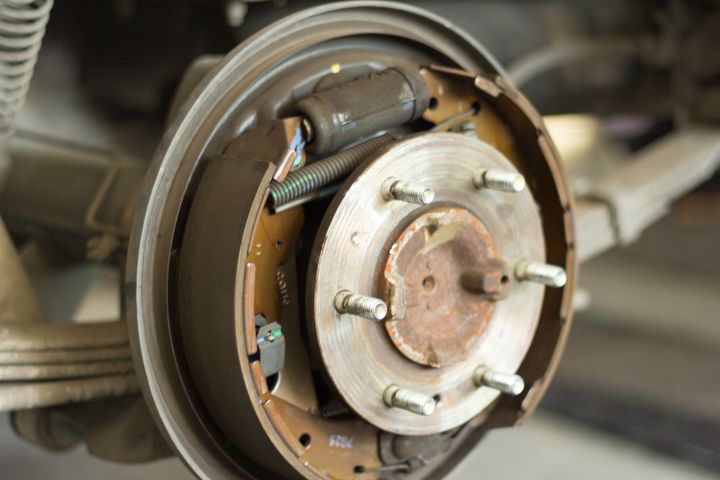
Keeping Drum Brakes in Top Shape
Like disc brakes, drum brakes convert hydraulic pressure into mechanical force, expanding the brake shoes inside the brake drum. Friction material on the brake shoes slows the brake drum down, which in turn slows your vehicle. While brake drums used to be the norm on older vehicles, both front and rear, they are typically found only on economy cars today. Drum brakes also function as parking brakes, using a cable to mechanically expand the brake shoes to keep the vehicle from moving. Because the brake system is so important to your safety, we at Brach's Auto Center suggest a brake inspection about the same time you get your oil changed, or every 3,000 to 5,000 miles. If you live in or around Chicago, IL, Brach's Auto Center is conveniently located, and we can usually do a drum brake inspection while you wait.
Stop When You Want With A Drum Brake Inspection
In use, brake shoes eventually wear out; they should be replaced if the friction material is less than 2 mm thick. Also, the mechanical parts in the brake drum can wear out or rust, such as the springs and cables. As drum brakes wear, you may notice the brake pedal reacting differently, though many miss it because it is so gradual. A brake adjustment from Brach's Auto Center may be all that’s required, but you should consider a full brake inspection to be sure. Here in Chicago, having your drum brakes inspected is a good way to make sure your brake system is performing properly and ready to bring you to a safe stop at any moment.